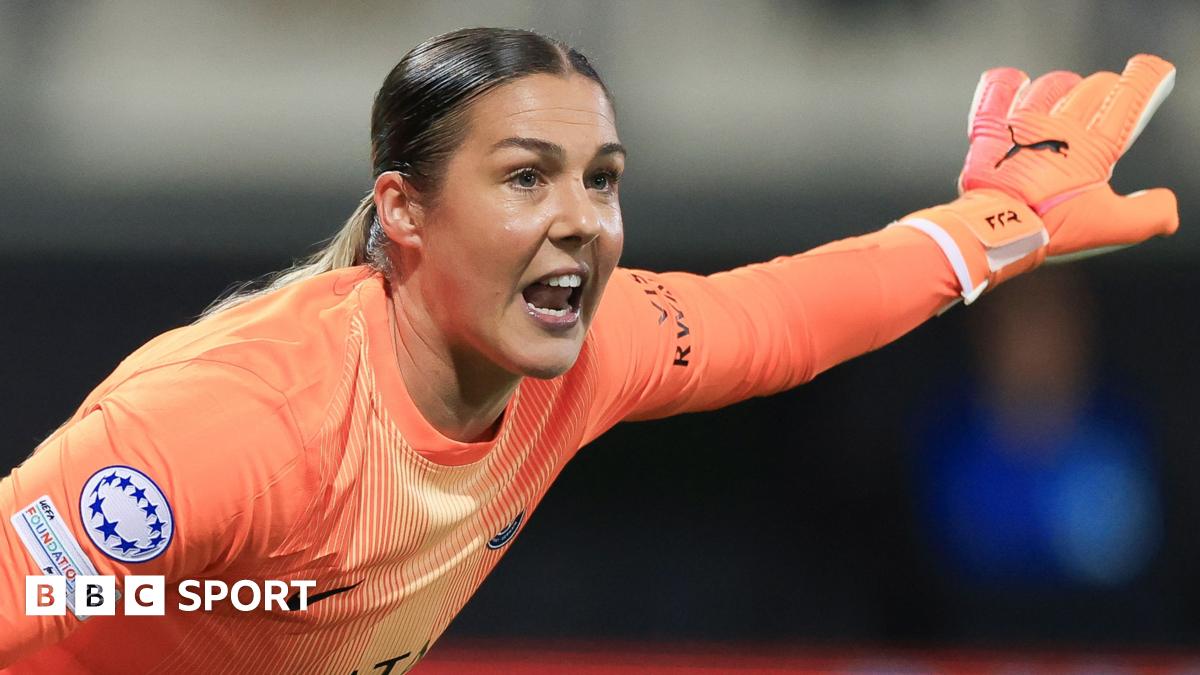Earps was a hugely popular figure at United following her arrival in 2019 from Wolfsburg.
She played every league game for four seasons as United’s outright number one and won the Women’s FA Cup in May 2024 – the club’s first major trophy – …

Earps was a hugely popular figure at United following her arrival in 2019 from Wolfsburg.
She played every league game for four seasons as United’s outright number one and won the Women’s FA Cup in May 2024 – the club’s first major trophy – …